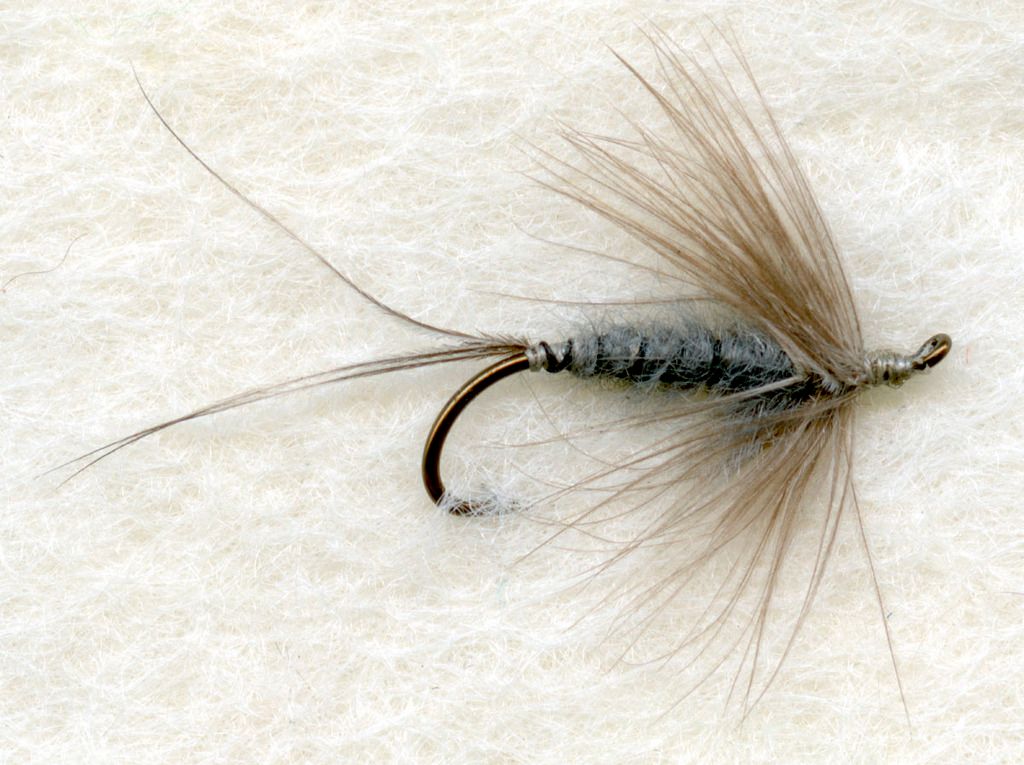I was reading Masters of the Flymph today. Thought I would beef up this pattern.




Gonna read some more Hidy from this book tonight.
Moderators: William Anderson, letumgo
Ray, you are correct. I used a size 12 hook, Mustad 3906, with a lot of dubbing stacked on it . I keep looking at the pattern that I took the photo of in the book. I can not wrap my brain around the patterns of my youth being tyed on such a long hook, nor, having a rib. Oh well, I do know that I have slimmed the body down since I first started tying this pattern. I morphed it in to a more traditional looking pattern in that time. I am trying to make it fatter/bulkier than I tie it now. Believe it or not, it's tough for me to try to bulk it up when I am at the vise. The original pattern really was/is quite ugly, even when tyed by professionals.letumgo wrote:Wayne - What model hook did you use? It looks like a Mustad hook, but I can't identify the precise model number/size. As I study the photos more, I see you have used a slightly shorter shank length. Is there a reason? I love the proportions.
I need to reread that book. I first read it on one of my business trips overseas. Great book.


I have no way of proving this, but, it would not surprise me if the wholesale fly pattern suppliers, changed patterns like your fathers. It makes sense to me and this is why. Spinning fur in silk is time consuming. I doubt the Hardware and Sporting Goods stores would want to pay for such quality patterns. You can't get more basic than hook, thread, tail, dubbing, hackle, done! This technique could be taught easily to a novice and in short order they could crank out durable, fish catching trout patterns. As a youngster Rio Grande Kings, Red Tags, Grey Hackle Red, Grey Hackle Yellows, and flies like the Renegade were the type of patterns I recall.gingerdun wrote:Hi Wayne,
Classic material in this post.
Since you are mentioning Pete Hidy in this thread, I thought I'd contribute something of his that is relevant to the flies you are discussing, tying and posting. Here is a line of flies from Pete Hidy's fly wallet that are not exactly like the Chuck Fothergill model in the book that you started from, but related.
It is so interesting how much variety of style there can be in even the simplest fly patterns. Thanks for taking us down this path, Wayne.
Lance